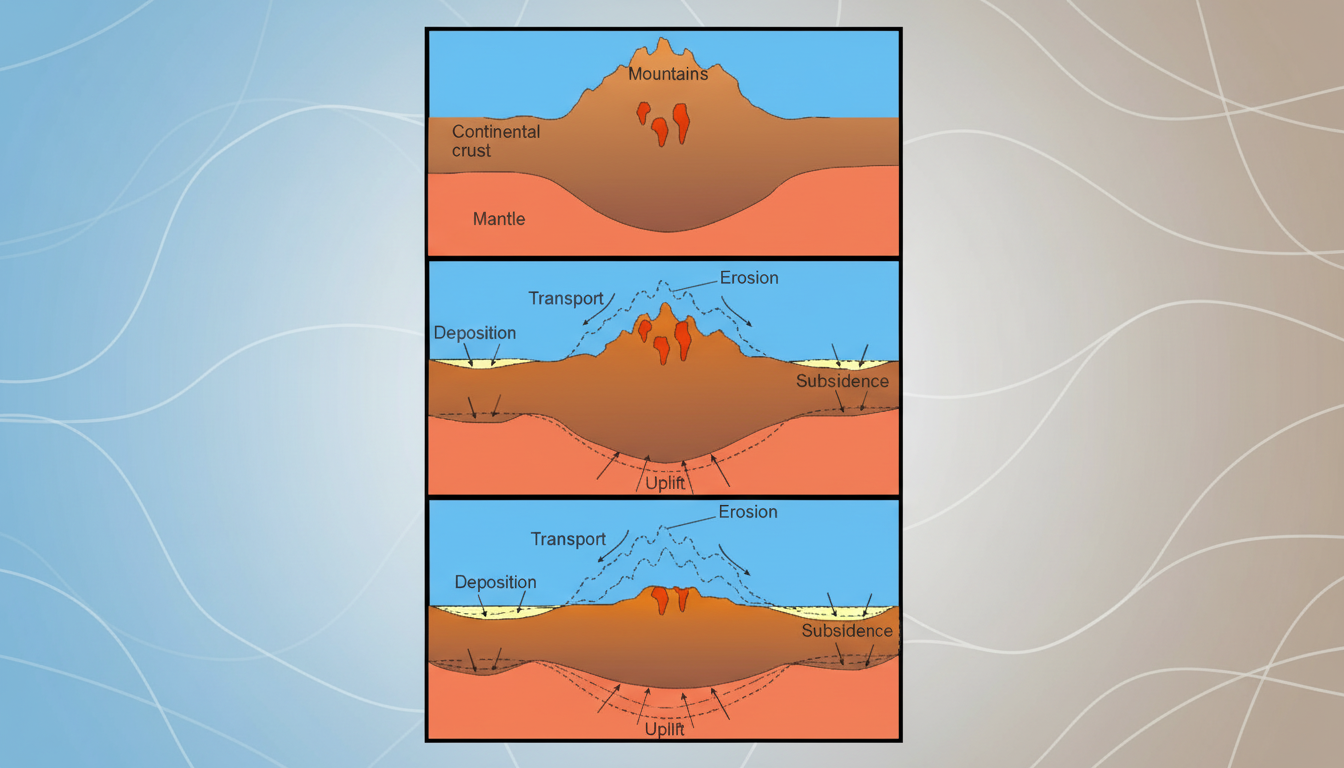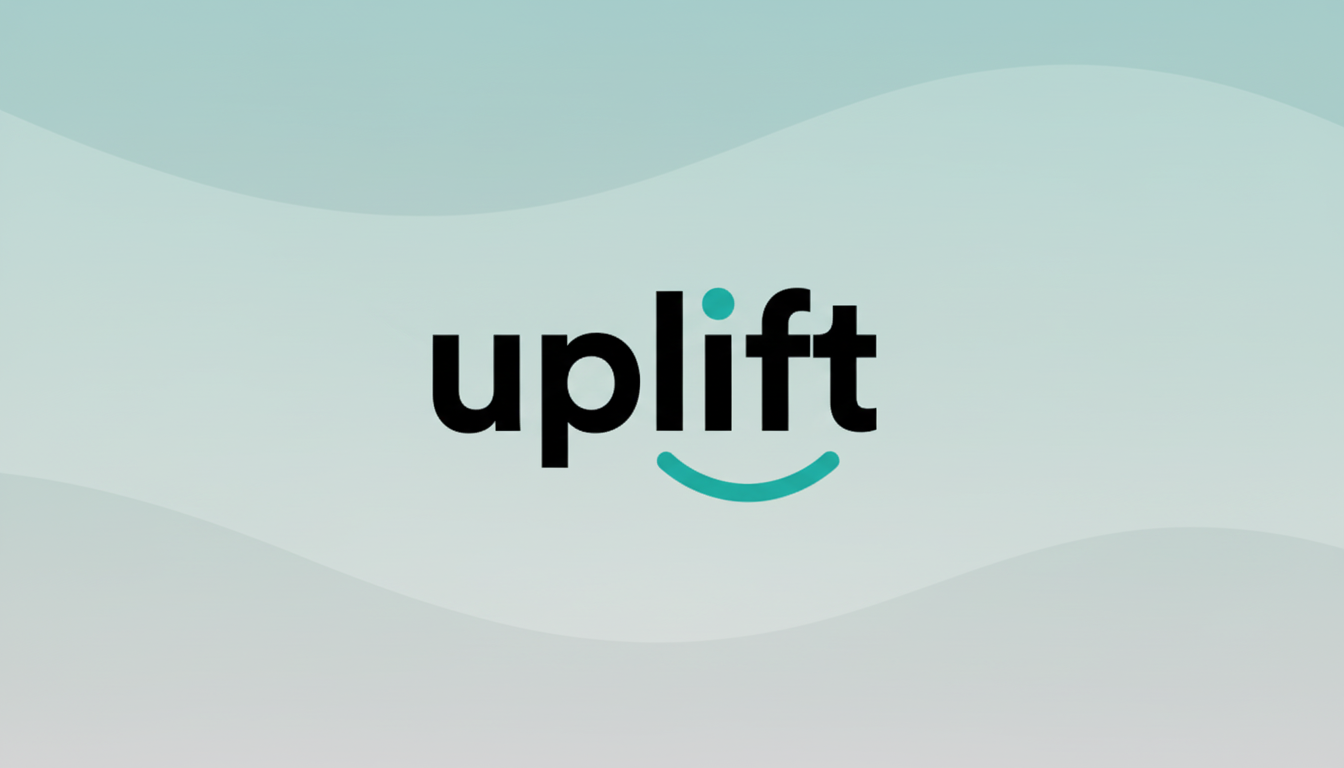NBA champion Tristan Thompson debuts as a celebrity CEO alongside World Mobile with Uplift, a community-owned connectivity service that incorporates blockchain and decentralized physical infrastructure to extend affordable mobile data access. Each subscription is poured into affordable neighborhood-level buildouts, with local hosts—AirNode operators—earning revenue shares for providing crucial coverage where it is most needed. Thompson, the new chief digital equity officer at World Mobile, describes Uplift as a pragmatic route to lower-cost, unlimited data that retains value in the communities that generated it. He has taken on a bold public persona as an ambassador for “inclusive tech,” with other roles at AxonDAO, Basketball Fun, and Tracy AI, as he sees this launch as the convergence of sports, web3, and digital equity.
Uplift model extends affordable data through community hosts
Uplift’s DePIN strategy combines community-hosted radios, routers, and small cells with blockchain-based revenue distribution to network line techs, and sees subscriptions boosting expansion in the same neighborhoods where the customers reside. Residents and small businesses as AirNode operators are paid based on uptime and traffic, creating a grassroots last-mile footprint that complements existing backhaul and core infrastructure.

Pilots, resilience, and phased rollout across U.S. cities
The aim is to chip away at a roughly $2 trillion telecom market, which has long centralized ownership and profits. More of the economics is shifted to the edge by design, and transparent accounting is used to credit coverage. In resilience scenarios, a distributed mesh of nodes can be staged quickly; Thompson remembered that after a hurricane disrupted service near Asheville, his team flew in equipment to restore connectivity when other options failed.
World Mobile points to pilots in Reno, Nevada, as proof of traction: community hosts earn more than $10,000 annually in underserved blocks. The initiative did more than that, Thompson said: it “brought a big share of the city back online,” affecting neighborhoods that either had spotty or unaffordable data plans.
Uplift, according to the company, leverages infrastructure already proven in its U.S. Tigae deployments. The rollout starts in Cleveland, with more cities scheduled for 2026. World Mobile will be able to refine host onboarding, coverage planning, and wholesale partnerships as it scales thanks to the phased strategy. Three variables are key to its success:

- Compelling pricing for subscribers
- Predictable earnings for hosts
- Carrier-grade reliability for everyday use
Affordability gap and why community-aligned models matter
More than 50 million Americans live at or near the poverty line, and many remain priced out of high-speed data. The National Telecommunications and Information Administration notes that cost is the most frequently cited barrier among offline households. The funding lapse for the Affordable Connectivity Program exacerbates the affordability gap, especially in urban and inner-suburban neighborhoods that are, in theory, “served” but experience high monthly bills.
Pew Research Center reports that low-income adults are much more likely to lack home broadband or rely solely on smartphones, a tradeoff with major impacts on work, telehealth, and education. In the longer run, community-aligned models like Uplift strive to counter those pressures by letting neighborhoods capture and recycle more of the revenue they generate—turning subscribers into stakeholders who can fund more coverage on their own streets.
Competitive landscape and potential impact on incumbents
Uplift faces a complex and varied connectivity landscape that includes fixed wireless access from national carriers, satellite options, and other DePIN experiments such as Helium Mobile. Uplift’s primary differentiators are a clear revenue-sharing mechanism with local hosts and a buildout engine tied directly to subscriber growth. If Cleveland and future U.S. markets demonstrate substantial host earnings and reliable quality of service, Uplift could ultimately influence incumbents to reconsider both pricing and neighborhood-level investment.
What to watch next in Uplift’s early U.S. deployments
- Host utilization and uptime
- Customer churn
- Average revenue per user (ARPU)
- Regulatory focus on spectrum use, data privacy, and consumer protections
- Reliable wholesale and backhaul partnerships
- Community bottom line: cheaper unlimited data and local value retention

